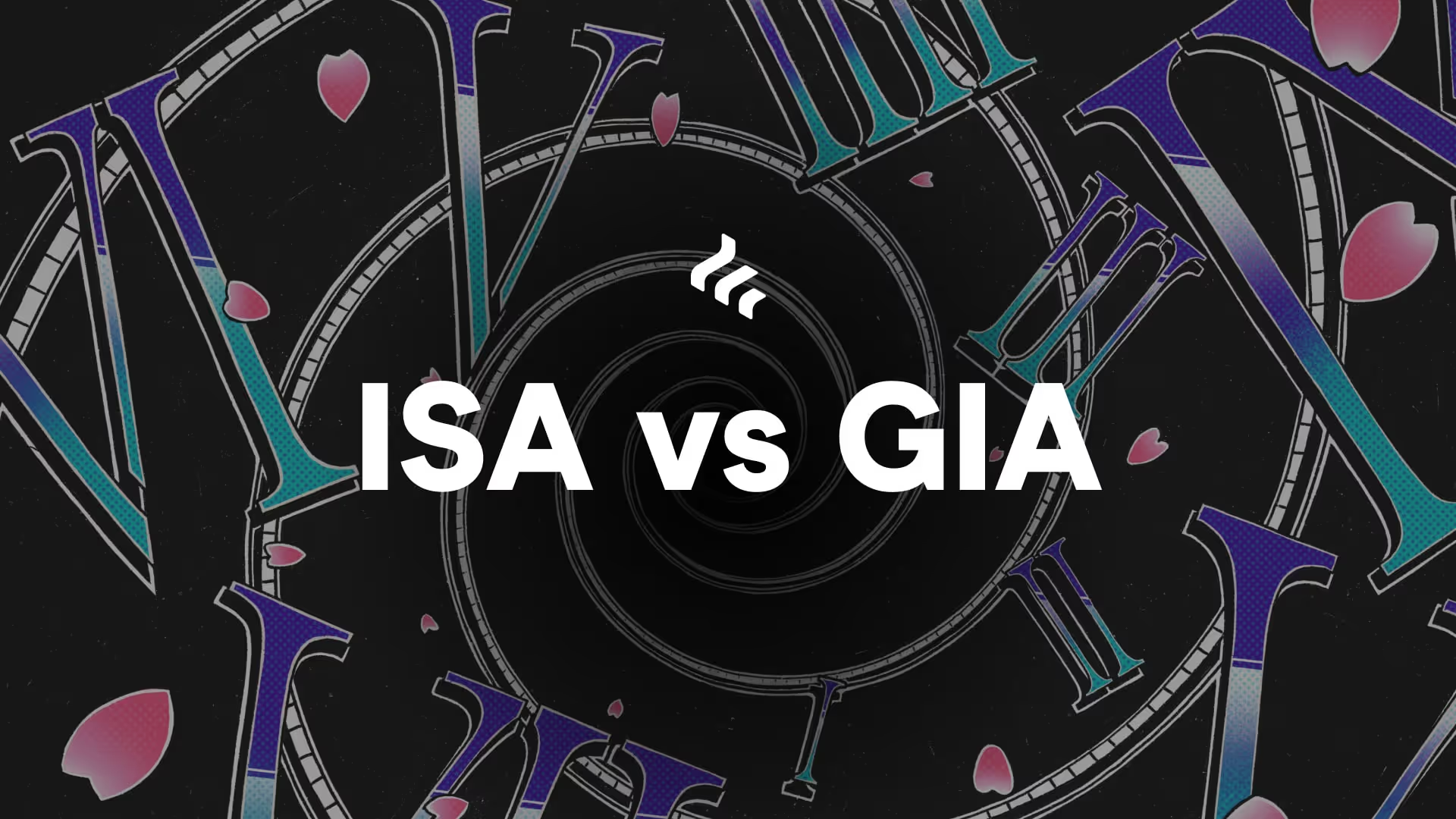Which pensions do you have?
There are a few different types of pensions in the UK. But the main ones you need to know about are workplace pensions, personal pensions and the state pension.
When it comes to understanding which pensions you might have, the answer could be all of them.
But for each type of pension, how they work, what you get and when you get it, is different.
Before diving in it’s important to know that pension and tax rules can change and depend on your personal circumstances. So before making any decisions, check how anything mentioned below will apply to you.
Main types of pension
Here’s a brief summary of the main pension types, breaking down how they work, what you get and when you get it.
If you need to review the basics, check our guide on what is a pension.
Personal pension - a pension pot you build yourself
You are in charge of setting up a personal pension and adding money to it. The government tops up your contributions, up to a certain amount, through tax relief.
The main reasons people set up personal pensions are to:
- Save more and supplement a workplace or the state pension
- Start saving for retirement if self-employed
- Combine old pensions and keep them under one roof
- Make their own investment decisions
Workplace pension - set up by your employer
Workplace pensions are set up by your employer which means that every new job likely brings with it a new pension.
The two main types of workplace pension in the UK: defined contribution schemes and defined benefit schemes (or DC and DB to the cool kids).
But we should start by saying that defined contribution pensions are much more common.
DC pensions are built up over time through regular contributions by both you and your employer while you are employed.
With a DB pension, on the other hand, only your employer makes the contributions, and it will result in a guaranteed income when you retire.
State Pension - provided by the government
The State Pension is provided by the government as long as you are eligible and you’ve reached State Pension Age.
And while any regular income in retirement is not to be sniffed at, it’s important to remember that the state pension alone is unlikely to keep everything ticking over.
Who can get the State Pension?
A new State Pension came into effect on 6 April 2016 for people who’ll reach state pension age after this point (men born on or after 6 April 1951 and women born on or after 6 April 1953).
The rationale was to make it simpler and clearer for everyone to understand the benefits they could get.
An important thing to know about the State Pension is that it changes over time, both in terms of the value of benefits and the age at which you can access these.
Given this, it’s best to check your state pension age and forecasted state pension directly on the government’s site.
To get any State Pension you’ll need at least 10 qualifying years on your National Insurance record and to get the full State Pension you’ll need 35 years.
💡 What is a ‘qualifying year’?
Generally, a qualifying year for the State Pension can be made up through National Insurance contributions made whilst working (employed or self-employed), National Insurance credits and any voluntary National Insurance contributions.
For the full ins and outs on national insurance contributions and qualifying years, it’s best to check with the government directly.
Types of pension FAQs
How do you know what pensions you have?
When it comes to finding old workplace or personal pensions it’s best to follow the paper trail where possible. If you think you might have old pensions that you need to find, start with our guide on how to find old pensions.
Can I transfer my pension?
You can transfer pensions, and Freetrade’s SIPP could be a useful account for you to combine any old pensions in.
You can transfer the below types of pensions to a Freetrade SIPP:
- Self Invested Personal Pension (SIPP)
- Individual Personal Pension (IPP)
- Stakeholder Pension Plan (SHP)
- Contract-Based Workplace Pension Plan*
- Trust-Based Workplace Pension Plan*
* Subject to current plan rules. Some workplace pension plans cannot be transferred while still active.
Before transferring a pension it’s important to understand if you’ll be better off or not by transferring.
Think about:
- Any difference in ongoing costs
- Whether you’ll lose any benefits your current scheme offers, such as guarantees (which offer you a certain guaranteed income for life)
- If you’ll be charged anything for leaving your current provider
Take control of your retirement savings with a Freetrade self-invested personal pension (SIPP). Start a SIPP today and contribute regularly, or transfer old pensions to one single pot which you can grow and manage yourself.
This should not be read as personal investment advice and individual investors should make their own decisions or seek independent advice. This article has not been prepared in accordance with legal requirements designed to promote the independence of investment research and is considered a marketing communication.When you invest, your capital is at risk. The value of your portfolio can go down as well as up and you may get back less than you invest. Past performance is not a reliable indicator of future results.




.avif)



.avif)



